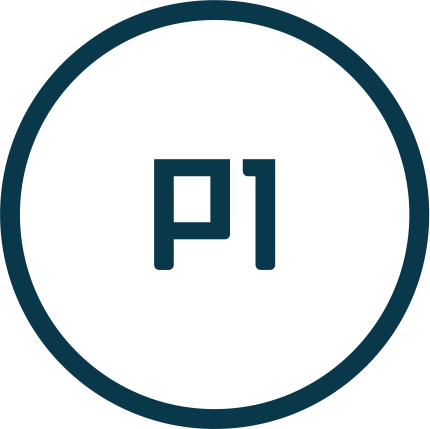Does probabilistic planning hold the key to unleashing geothermal energy?
Contact us
Probabilistic planning builds budget confidence and increases investor appetite for geothermal projects
As the extraction of geothermal energy continues to grow, so too do the challenges that investors face with regard to gaining full visibility of geothermal project costs – an obstacle that must be overcome if geothermal energy is to realise its full potential.
The favourable political landscape and geological conditions have led to the rise of geothermal energy extraction in recent years. But even so, delivering these projects successfully is dependent on the experience of the project team, its understanding of the entire value chain and the costs associated with a campaign.
However, gauging project cost isn’t necessarily straightforward. Geothermal projects are notoriously difficult to predict, both in terms of cost and time. This is due to the complex characteristics of geothermal energy wells, which add up to longer drilling days, more expensive equipment and, inevitably, higher costs.
Another complicating factor to consider is energy yield. With lower energy density than hydrocarbon values, geothermal projects don’t always have a clear economic case. This can create a stumbling block for investors.
But there are ways to overcome these challenges. And there are methods and technologies proven in other areas of energy production which are being refocused on geothermal projects to offer cost transparency.
Deutsche ErdWärme is paving the way
Deutsche ErdWärme is a prime example of a company utilising proven oil and gas technology, which can be applied in the geothermal space.
The largest private developer of geothermal power plants in Germany and a business committed to standardising, professionalising and automating the process of geothermal drilling, Deutsche ErdWärme looked beyond the geothermal space for this solution.
They began utilising iQx™, which is AGR Software’s suite of plug-and-play applications that provide transparency of project-related risks, costs and schedules, along with improving standardisation and enabling greater collaboration.
This partnership began bearing fruit during the subsurface aspect of the geothermal power plant project, Graben-Neudorf, in South-West Germany. iQx™ offered a comprehensive and real-time analysis of this geothermal project’s projected costs and uncertainties.
Probabilistic planning
So what is it that gives these digital applications the capability to make the difference?
In many cases, it’s their methodology. Take the P1™ tool, which forms one of the five applications in the iQx™ portfolio. P1™ applies Monte Carlo probabilistic simulation methodology, which means it considers and maps out all possible outcomes and risks that could arise during well development.
This rigorous approach – which consists of the analysis of tens of thousands of possible scenarios – means applications of this kind deliver insight that helps stakeholders recognise if a geothermal well is likely to be more or less expensive than planned.
Put differently, probabilistic planning offers a trusted and comprehensive assessment of cost range, helping stakeholders forecast budgets with confidence and, in turn, avoid overruns. And this capability is quickly becoming a compelling part of the proposition for investors.
Instead of applying an excel-based deterministic modelling method, time and cost planning achieved with the probabilistic approach estimates the likelihood of meeting project goals within budget. For instance, a 10% chance is identified as ‘P10’, a 50% chance ‘P50’ and a 90% chance ‘P90’.
Based on the degree of risk acceptable to stakeholders, the right project management controls can be put in place and an investment decision can be made – one based on an informed understanding of the geothermal project’s expected time and cost.
Cost transparency central to upscaling geothermal developments
Deutsche Erdwärme is experiencing the benefits of applying technologies trusted for over 20 years in the oil and gas field to geothermal projects – a major one of which is increased trust among key decision-makers and investors. For the first time, the stakeholders have a comprehensive and live picture of time and cost estimates at their fingertips.
Thanks to the adoption of smart, intuitive technologies, Deutsche Erdwärme is also able to make smarter decisions faster, operate with greater agility and seize the abundance of opportunities within the increasingly competitive geothermal space.
As one project manager at Deutsche Erdwärme explained: “Technological breakthroughs offer a major competitive advantage. They hold the key to unlocking potential and radically improving energy exploration and production to achieve climate goals.”
“We’ve also experienced that more accurate forecasts draw spotlight of investors on geothermal projects and build trust. So we are positive that uncertainties around geothermal drilling will not be the obstacle for project execution.”
The article was first published in Think Geoenergy
